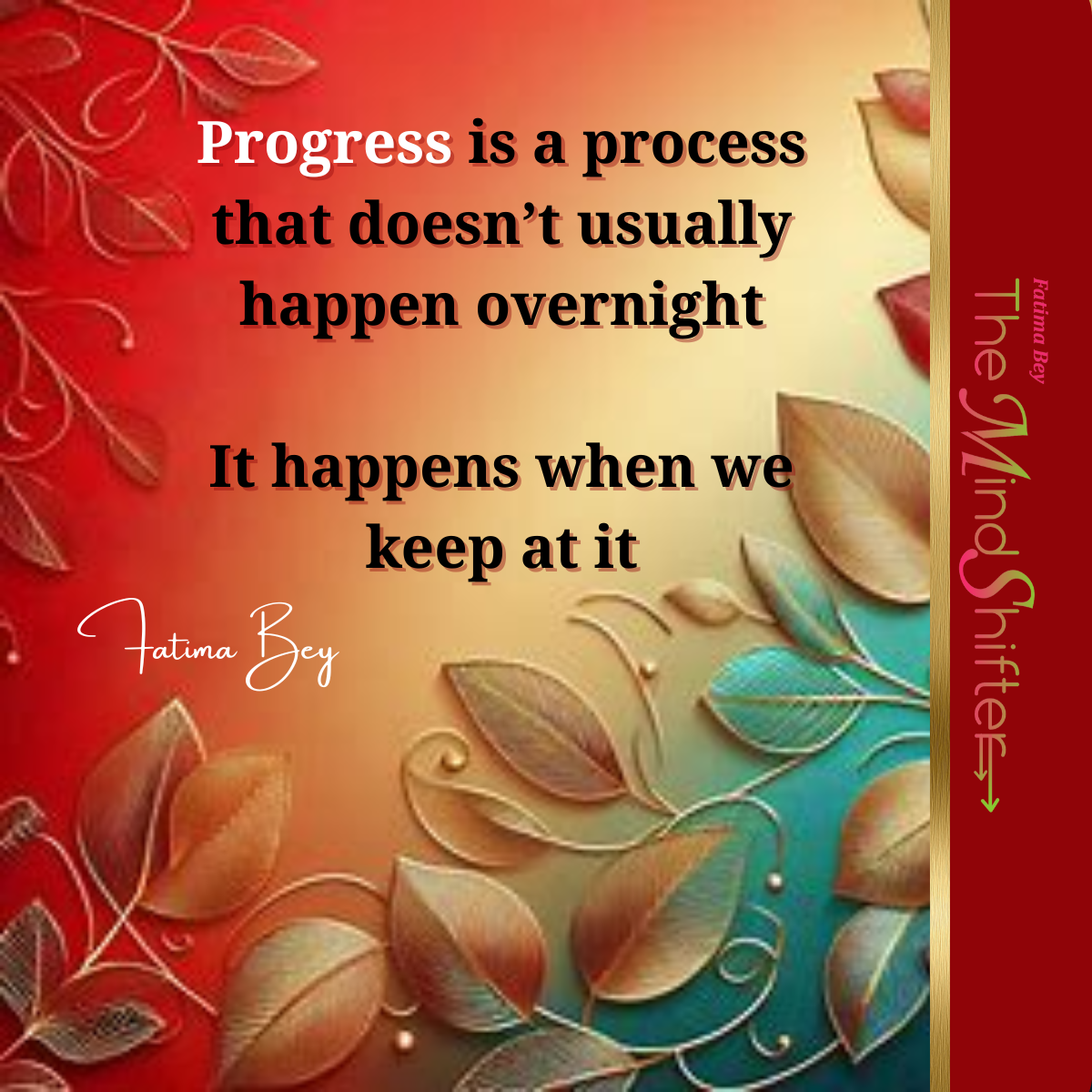Stop Hurling Your Brilliant Ideas at People's Heads: Why Your Leadership Approach Might Be Causing Concussions
If this made you think, it could do the same for someone else. Pass it on.

You've seen it before. A leader bursting with excitement about their latest brilliant idea, rushing into a meeting and metaphorically (or sometimes literally) throwing it at their team without considering if anyone is ready to catch it. Today I'm calling out this leadership malpractice that's happening in boardrooms, classrooms, and living rooms across the world.
This image of throwing a book at someone's head hoping they'll absorb its contents? That's exactly what too many of us do with our ideas, initiatives, and feedback.
When Your "Help" Feels Like an Assault
Let's be honest: your brilliant solution isn't worth much if it gives people emotional whiplash. I've watched executives roll out comprehensive training programs that completely missed the mark because they never bothered to understand their audience. I've seen parents lecture teenagers with advice that goes in one ear and out the other because they didn't first establish trust.
The problem isn't usually the quality of your idea. It's your delivery method.
When you force-feed solutions without understanding readiness, you're not leading—you're lobbing intellectual grenades and hoping something sticks. And spoiler alert: things rarely stick when people are ducking for cover.
Check Their Reading Level Before Handing Them "War and Peace"
Here's what I mean: Imagine handing someone a dense, college-level textbook when they read at a fifth-grade level. It doesn't matter how life-changing that book might be—it's useless to them. They'll either struggle painfully through it or, more likely, set it aside never to be opened again.
The same applies to your leadership approach. Before presenting solutions, ask yourself these things:
- Have I assessed where my people actually are right now?
- Am I packaging this information in a way they can receive it?
- Have I created the conditions where they feel safe enough to engage with this idea?
Too often, we skip straight to the answer without confirming we're addressing the right question.
Your Perfectly Crafted Message Means Nothing If No One's Listening
Communication isn't about what you say—it's about what others hear. And if your delivery method triggers defensiveness, confusion, or overwhelm, I guarantee your brilliant message is getting lost in translation.
There was a CEO who couldn't understand why his meticulously researched strategic plan kept failing during implementation. After sitting in on team meetings, the answer became painfully obvious: he was delivering complex directives to overwhelmed managers who were nodding along but internally shutting down. They weren't resisting his ideas; they were drowning in how those ideas were being delivered.
How to Stop Throwing Books and Start Building Libraries
So what's the alternative? Here are some practical steps that will serve you well:
- Begin with curiosity, not solutions. Ask three questions before offering a single answer. You'll be shocked how often your initial assumption about what people need was completely off-target.
- Match your message to their readiness. Sometimes people need the children's picture book version before they can handle the unabridged edition. That's not an insult to their intelligence—it's respecting where they are in the journey.
- Create psychological safety before intellectual challenge. People can't absorb new information when they're in fight-or-flight mode. If your approach makes them defensive, you've already lost.
- Test your approach with a trusted truth-teller. Before rolling out that new initiative, run it by someone who will tell you straight if your delivery will cause concussions.
This Isn't Just Business—It's a Life Principle
This principle extends far beyond corporate settings. It's why public health campaigns fail despite solid science. It's why political messages often reinforce divisions rather than changing minds. It's why that well-intentioned advice to your spouse landed you in the doghouse instead of earning you gratitude.
When you throw ideas at people without considering their readiness to receive them, you're not just being ineffective—you're often making the situation worse.
The Truth That Will Haunt Your Leadership
Here's the jarring reality I want you to sit with today: The most dangerous leadership blind spot isn't incompetence—it's the sincere belief that your good intentions and correct information should be enough. They're not. And every day you operate as if they are, you're not just failing to help; you're actively building resistance to the very changes you hope to create.
People don't care how much you know until they know how much you care—and care looks like meeting them where they are, not where you think they should be.
So tomorrow, before you throw another book, ask yourself: Am I trying to be right, or am I trying to make a difference? The moment you prioritize connecting over correcting is the moment your leadership transforms from merely informed to truly influential. And that's when the real change begins.
Fatima Bey The MindShifter









